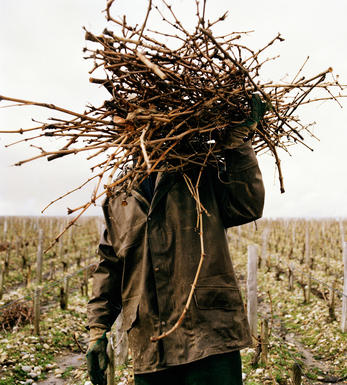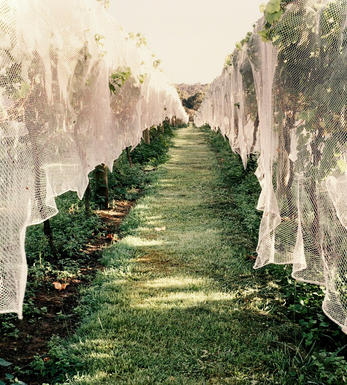
2016 Chianti Rufina, Vigneto Erchi, Selvapiana, Tuscany, Italy

About this WINE

Fattoria Selvapiana
Fattoria Selvapiana, which has been owned by the Giuntini family since 1827, is considered one of the very best Chianti producers in Rufina. This is the smallest of the Chianti zones and lies to the northeast of Florence. There are 25 hectares of vineyards, planted mainly with Sangiovese and a whole range of Chiantis are produced ranging from Chianti Rufina through to Vigneto Bucerchiale, a single vineyard Chainti Riserva. The Estate is now firing on all cylinders through the efforts of owner Francesco Giuntini, winemaker Federico Masseti, and oneologist Franco Bernabei.

Chianti Rufina
Chianti Rufina is a small but high-quality Chianti sub-zone located to the east of Florence in Tuscany, covering the districts of Rufina, Dicomano, Londa, Pelago and Pontassieve. Its history stretches back to the 16th century, yet Chianti Rufina was officially classified in 1932.
The quality of the wines here and their fine ageing ability is greatly influenced by the 400m elevation of the vineyards that ensures such excellent acidity. The wines can be made from 75%-100% Sangiovese, up to 10% Canaiolo, up to 10% Trebbiano Toscana and Malvasia del Chianti (both white grapes) and up to 10% other red varieties.
The wine cannot be released before 1st June following the harvest, while Riservas require two years' ageing (including 3 months in bottle). The best examples are finely poised with a herbal, tea-leaf and dried fruit character, elegant, racy acidity and a lovely finesse.
Recommended producers: Grati.

Sangiovese
A black grape widely grown in Central Italy and the main component of Chianti and Vino Nobile di Montepulciano as well as being the sole permitted grape for the famed Brunello di Montalcino.
It is a high yielding, late ripening grape that performs best on well-drained calcareous soils on south-facing hillsides. For years it was blighted by poor clonal selection and massive overcropping - however since the 1980s the quality of Sangiovese-based wines has rocketed upwards and they are now some of the most sought after in the world.
It produces wines with pronounced tannins and acidity, though not always with great depth of colour, and its character can vary from farmyard/leather nuances through to essence of red cherries and plums. In the 1960s the advent of Super Tuscans saw bottlings of 100% Sangiovese wines, as well as the introduction of Sangiovese/Cabernet Sauvignon blends, the most famous being Tignanello.


Buying options
Add to wishlist
wine at a glance
Delivery and quality guarantee